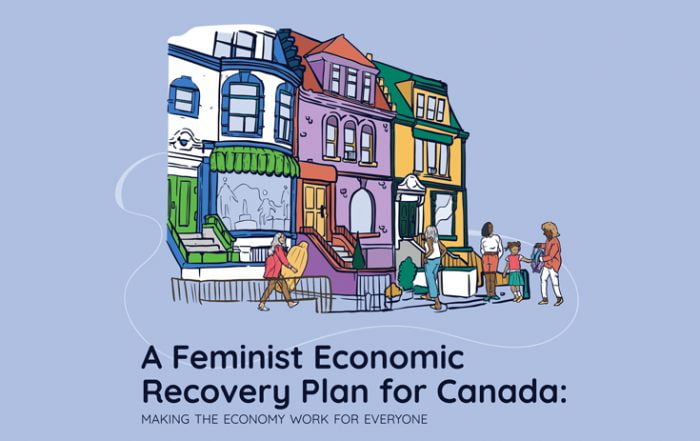Executive summary
Supplier diversity is a strategic business process where large organizations, in both the public and private sector, aim to provide businesses owned by diverse groups an equal opportunity to become their suppliers.[1] Generally, a supplier is classified as diverse if it is at least 51% owned, operated and controlled by historically marginalized groups. This may include women, visible minorities, Indigenous people, people identifying as LGBT+, people with disabilities, or veterans.
Supplier diversity programs have important benefits: they can facilitate the growth of small and medium enterprises owned by disadvantaged groups that may not otherwise be able to access large clientele. They can also provide large organizations with access to new markets, improve their corporate image, and enhance flexibility and competition in their supply chains. Further, supplier diversity programs are a strategy for social change: they can promote equity by providing disadvantaged groups and communities with decent work and improving their economic inclusion.
The programs may include different elements, including requiring a certain percentage of suppliers to be diverse; listing supplier diversity on requests for proposals; ensuring staff are trained on supplier diversity; mentoring and developing diverse suppliers; investing in training of diverse suppliers; and making use of a supplier certification program, such as through the Women Business Enterprises Canada Council.[2]
In the United States, federal public procurement includes set-aside policies, ensuring that a certain percentage of contracts goes to racial minorities, women, and business owners from other disadvantaged groups. Such policies have set a standard for supplier diversity that many private companies in the United States now follow. In comparison, as detailed in this report, Canadian companies and governments are lagging. Research suggests that stronger efforts could be made to strengthen supplier diversity in Canada, both in corporations and in public procurement. This policy brief discusses the state of supplier diversity in Canada, benefits of implementing it, potential barriers, and how companies and policymakers could better support it.
Read and/or download the full policy brief.
__________________________
Policy brief prepared by:
CARMINA RAVANERA OF THE INSTITUTE FOR GENDER AND THE ECONOMY AT THE ROTMAN SCHOOL OF MANAGEMENT, UNIVERSITY OF TORONTO, UNDER THE SUPERVISION OF PROFESSOR SARAH KAPLAN.
References:
[1] Canadian Aboriginal and Minority Supplier Council (2020). Supplier Diversity. Retrieved on January 6, 2020 from https://www.camsc.ca/what-is-supplier-diversity
[2] Larson, P.D. (2012). Supplier Diversity in the GTA: Business Case and Best Practices. Diverse City Toronto. Retrieved on November 7, 2019 from https://www.civicaction.ca/missed-opportunity-for-economic-growth-in-the-gta-first-ever-study-on-supplier-diversity/







